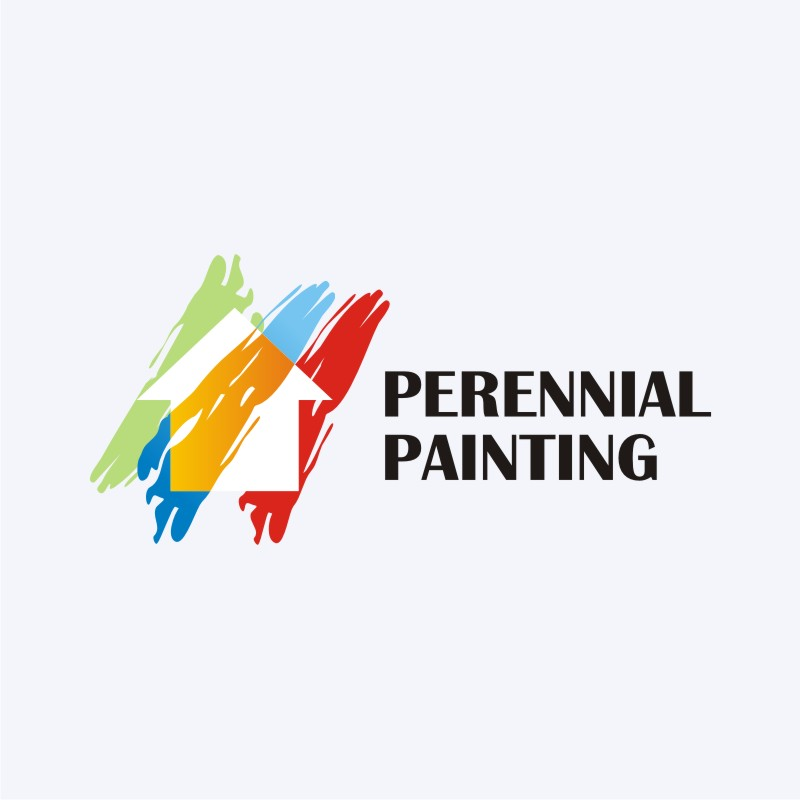Recognizing Seasonal Influences On Commercial Outside Painting: Crucial Expertise For Success
Recognizing Seasonal Influences On Commercial Outside Painting: Crucial Expertise For Success
Blog Article
Team Author-Regan Celik
When you're intending a business exterior painting job, seasonal elements can make or damage your outcomes. You'll want to take into consideration exactly how temperature level and moisture impact paint application and drying out times. Selecting the right season can ensure your paint adheres effectively and lasts longer. However which periods are really the most effective for this kind of work? Allow's check out the crucial elements that can influence your project's success.
The Impact of Temperature on Paint Application
When you're preparing an industrial external painting task, the temperature level can significantly affect exactly how well the paint sticks and dries out.
Preferably, minneapolis interior painting and design intend to paint when temperature levels range in between 50 ° F and 85 ° F. If it's also cold, the paint might not treat appropriately, causing issues like peeling or splitting.
On the flip side, if it's too warm, the paint can dry out as well swiftly, avoiding correct attachment and causing an irregular finish.
vinyl siding painters must additionally take into consideration the time of day; morning or late afternoon uses cooler temperatures, which can be much more positive.
Constantly check the supplier's referrals for the specific paint you're using, as they commonly offer assistance on the excellent temperature variety for optimum outcomes.
Moisture and Its Impact on Drying Times
Temperature level isn't the only ecological aspect that affects your business exterior paint task; humidity plays a substantial duty also. minneapolis interior professional painters can slow down drying out times considerably, affecting the total top quality of your paint task.
When the air is saturated with dampness, the paint takes longer to heal, which can lead to issues like poor bond and a greater threat of mildew growth. If you're repainting on a specifically humid day, be prepared for extended delay times in between layers.
It's critical to keep an eye on local weather and strategy accordingly. Preferably, go for humidity degrees in between 40% and 70% for optimum drying out.
Keeping these consider mind ensures your task stays on track and delivers a lasting surface.
Best Seasons for Commercial Exterior Paint Projects
What's the best season for your business external painting projects?
Springtime and very early fall are usually your best choices. Throughout these periods, temperatures are mild, and moisture degrees are usually reduced, creating suitable problems for paint application and drying.
Stay clear of summertime's intense heat, which can cause paint to completely dry also quickly, bring about poor adhesion and finish. In a similar way, winter season's chilly temperatures can hinder proper drying out and healing, taking the chance of the durability of your paint job.
Go for days with temperatures in between 50 ° F and 85 ° F for ideal outcomes. Bear in mind to check the local weather forecast for rain, as damp problems can ruin your task.
Preparation around these factors guarantees your painting task runs smoothly and lasts longer.
Conclusion
In conclusion, planning your business outside paint jobs around seasonal factors to consider can make a substantial distinction in the end result. By scheduling job throughout the ideal temperature levels and moisture degrees, you'll make certain better adhesion and drying out times. Remember to watch on local weather forecasts and select the right time of year-- springtime and very early loss are your best choices. Taking these steps will certainly assist you attain a sturdy and professional coating that lasts.
